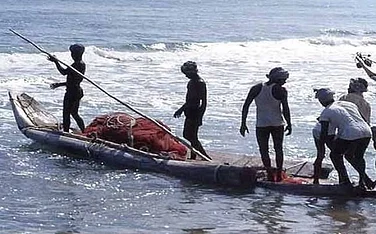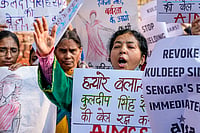
The FTP targets five employment-generating sectors with the maximum duty-free import concessions: agriculture, handloom, handicraft, gems & jewellery, leather and footwear. Second-hand capital goods import upward of Rs 25 lakh depreciated value and no age bar has been allowed. There is also a Target Plus scheme giving duty-free import credit to exporters exceeding their target irrespective of use of imports. Experts fear this scheme may be misused for re-exporting imports fully.
Foreign direct investors will also get to set up free trade zones and warehouses, exempt all exported goods and services from service tax, set up a services export promotion council and promote such export under the ‘Served from India’ brand, like the Made in India brand for manufacturing. India’s exports grew at over 25 per cent in the first quarter. But the sops announced last week may result in a government revenue loss of at least Rs 5,000 crore a year, which will accrue to exporters. How will this be compensated? Commerce minister Kamal Nath targets a doubling of India’s share in the next five years to 1.5 per cent of global trade. That’s an export turnover target of $150 billion in 2009 at an average annual growth of 20 per cent. (China’s exports totalled $309.1 billion in Jan-July, ’04.) One offshoot of the policy is that imported food and drinks will cost less. Thanks to the Free Trade Agreements like those signed with Thailand last week (free imports by 2006), many Asian imports are set to get cheaper.






















